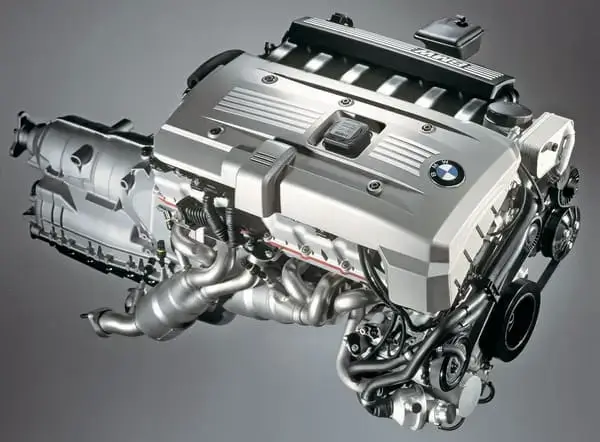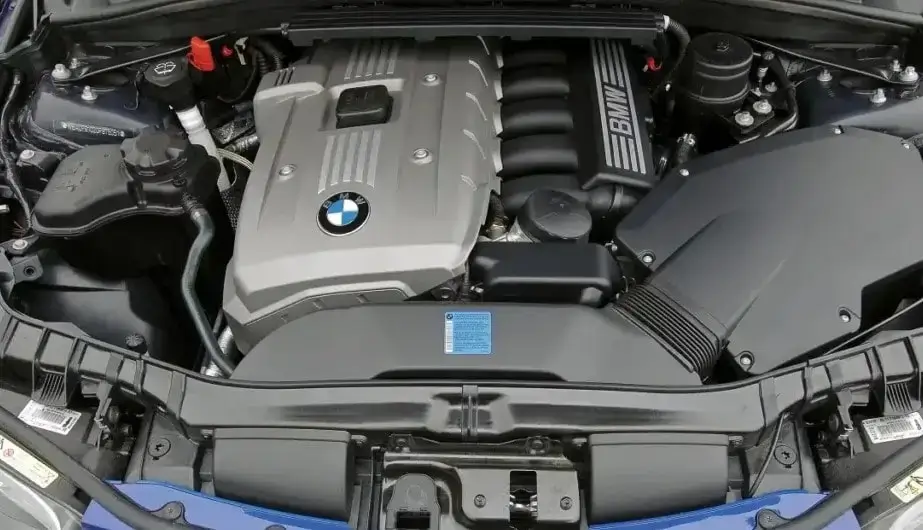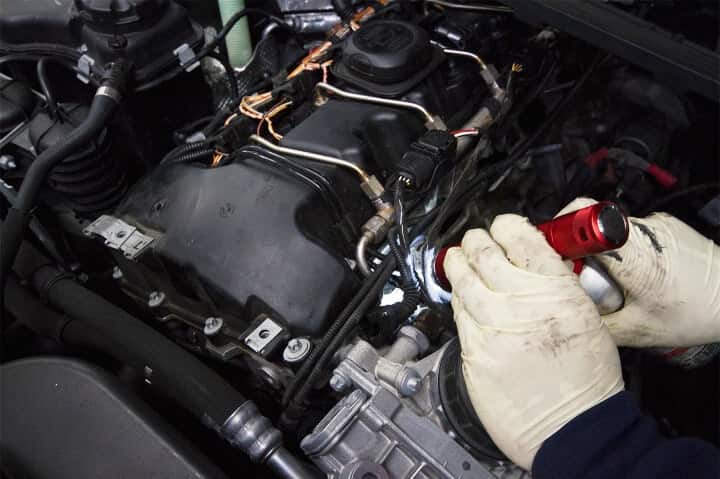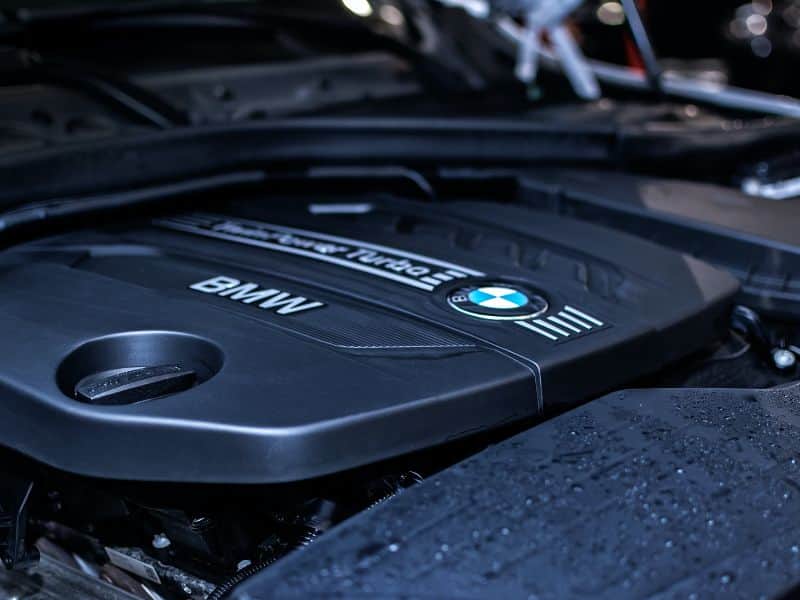Among BMW’s inline engine lineup, one name always shines brighter for reliability, the BMW N52. Another variant of the same engine is the N51, which is introduced for a special purpose.
In BMW’s lineup, the N51 and N52 stood as BMW’s commitment to great performance and reliability. Both engines are visually the same, you can’t tell the difference until you check the emissions label. So, if you’re considering tuning your car, you need to know your exact engine type.
So, in this article let’s see the difference between the BMW N51 vs N52.
Brief History of N51 and N52 Engines
The N52 is a naturally aspirated engine, which succeded the popular M54 from 2004-2015 and was used in multiple BMW models. The N52 became one of the most popular and reliable inline-six engines ever, and then came its sibling the N51.
The N51 is almost near-identical to the N52, it was used in the same cars and in the same time period, and they both produce the same power. Here the N51 is a slightly modified variant that BMW sold in some parts of the U.S. with enforced SULEV (Super Ultra Low Emission Vehicle) regulations.
The N51 was basically created to make a more environment-friendly variant of the N52 engine with the same power output.
Difference Between BMW N51 & N52
- Both N51 and N52 are originally the same, with some modifications and you won’t be able to tell the difference without checking the emissions label on the hood. The N51 engine will say “SULEV” and the N52 engine will say “ULEV”. We will talk about the SULEV & ULEV later on.
- The N51 also has a “Prem-air” coating radiator with an integrated EAC (Environmental Air Catalyst) sensor in the radiator fins, that measures the functionality of the radiator.
- The N51 has a three-stage variable-length intake manifold, whereas the N52 features a stage-one intake manifold.
- N51 also has a lower compression ratio of 10.0:1, whereas N52 has a compression ratio of 10.7:1.
- The N51 also has a different cylinder head & optimized combustion chamber designs.
- Also, the cylinder head cover and crankcase ventilation systems differ from one another.
- The N51 also has an Airbox with an Activated carbon filter for EVAP control.
- The N51 also comes with Purge system pipes made from ‘optimized’ plastic, which the N52 doesn’t have.
There are some of the common differences between the N51 and N52. However apart from all these design & mechanical differences both produce the same power output.
So, exactly what does “ULEV” & “SULEV” mean? let’s see.
Also Read: BMW N52 Engine: All You Need To Know
What Is ULEV and SULEV?

The ULEV (Ultra Low Emission Vehicle) and SULEV (Super Ultra Low Emission Vehicle) are emission standards for U.S. classification set for passenger vehicle emissions.
According to the classification the particular vehicle needs to produce a standard emissions than the average gasoline vehicle models.
ULEV
The ULEV or Ultra Low Emission Vehicle is a U.S. classification for vehicles to produce 50% less emissions than the average year’s models available.
The ULEV is a step further than the LEV (Low Emission Vehicle) standards but below the SULEV standard level.
SULEV
The SULEV or Super Ultra Low Emission Level is 90% cleaner with less emission of hydrocarbons, carbon monoxide, nitrous oxides, etc. than the average vehicle models.
The SULEV is a step further than the LEV (low emission vehicle) & ULEV standards levels, but not as strict as the PZEV (partial zero-emissions vehicle), which means zero emission from the vehicle.
Also Read: BMW N52 Reliability: The Great Natural Aspirated Engine
Conclusions
So, I guess now you know all the differences between N51 vs N52. Many of my friends have asked me which one is better N51 and N52, and every time I tell them, both are siblings where one is more environmentally friendly than the other with the same power output.
So, it’s totally up to you & your budget, because both are great engines that produce around 240 horsepower.
If you own one of these or have owned both of them let me know your personal experience in the comment section.
FAQ
Both N51 and N52 are made to produce the same output of 240 horsepower. However, the N51 has a three-stage variable-length intake manifold (“DISA”) which helps the N51 to reach about 3,000 RPM. With all the facts mentioned above it’s up to you which one is better for you.
Yes, the N51 is a very reliable engine like its sibling N52 engine. However, as with the N52, the N51 is also prone to some common issues.
The N51 is the SULEV variant of the N52 engine, the N51 version is introduced as the more environment-friendly engine. This engine was sold in many parts of the U.S. with SULEV legislation.
Yes the N51 comes with a DISA valve which increases the efficiency of the engine.
Yes the N51 has a three-stage intake manifold, which helps it produce around 240 horsepower.
The SULEV or Super Ultra Low Emission Vehicle is a U.S. classification for the passenger vehicle’s emission output. The SULEV vehicles produce 90% cleaner emissions than the current year’s vehicles.
Image Credit: Facebook
Related Articles:
8 Most Common BMW N52 Engine Problems
BMW N52 Engine: All You Need To Know
BMW N52 Reliability: The Great Natural Aspirated Engine
What BMW Models Has the N52 Engine?
BMW N52 Oil & Filter Change DIY Guide (Step By Step Process)




